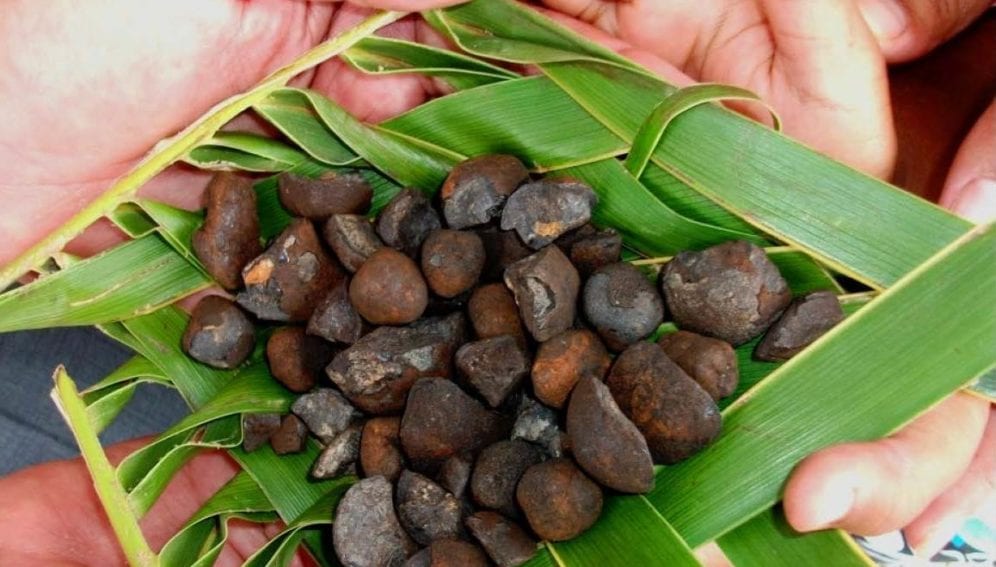By: Brendon Lee
Send to a friend
The details you provide on this page will not be used to send unsolicited email, and will not be sold to a 3rd party. See privacy policy.
[KUALA LUMPUR] The Cook Islands expects a mining boom if government plans are approved by the international body that governs deep-sea mining. But one NGO has warned about the potential consequences.
The Pacific island nation of 15 small islands has economic rights spanning 1.83 million square kilometres of ocean. In waters north of the islands are massive fields of polymetallic nodules, also called manganese nodules. The nodules are made up of manganese and iron oxides as well as cobalt, copper and nickel, making them a valuable economic commodity.
Last December, the state-owned Cook Islands Investment Corporation (CIIC) submitted an application to explore for polymetallic nodules to the International Seabed Authority (ISA), a UN-created body based in Jamaica. The CIIC then presented its application to the ISA last month and the decision is due to be announced in July, all according to ISA standard timelines. If the application is successful, the Cook Islands will become the fourth Pacific island nation after Kiribati, Nauru and Tonga to have an ISA-sponsored contract.
But concerns are growing about the risks to the marine environment and the island’s vital fishing industry from prospecting for the nodules, which can take anything from decades to millions of years to regrow.
“Governments and industry players argue for the perceived economic benefits from the exploitation of minerals on the seabed. But the Cook Islands is heavily dependent on fisheries as a key economic sector and as a major source of livelihood and food for coastal communities. There are no scientific studies to indicate how this strip mining of the seabed for minerals will affect the fishing industry, which generates annual revenues estimated at up to US$1 billion, as well as the livelihood of the majority of our coastal communities,” warns Maureen Penjueli, coordinator of the Pacific Network on Globalisation, a regional NGO that promotes ‘economic justice’ on trade issues.
According to Cook Island authorities, the value of the seabed minerals in the targeted 75,000 square kilometre reserve site is estimated at US$227 billion. The site will be explored by the CIIC on a joint arrangement with G-TEC Sea Mineral Resources of Belgium.
Richard Neves, financial secretary of the Cook Islands Ministry of Finance and Economic Management, contends that deep-sea mining activities will have little impact on the fishing industry.
“These activities, as I understand them, will concentrate only on certain parts of the seabed,” Neves tells SciDev.Net. “Additionally, we are just scooping nodules off the bottom of the sea, not chopping up crusts.
The Cook Islands government says it will also look closely at the licensing of seabed minerals in the next five years to ensure policies comply with international standards and practices. A revised version of the Seabed Minerals Act has been submitted for approval by the Seabed Minerals Authority, according to seabed minerals commissioner Paul Lynch. The results of the Seabed Minerals Exploratory Licensing review are due to be announced in June.
This article has been produced by SciDev.Net's South-East Asia & Pacific desk.














